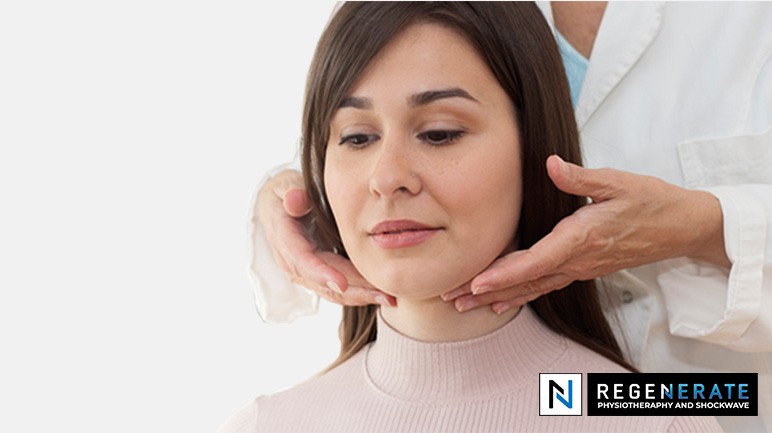Physiotherapy For Vertigo Patients
Dizziness and vertigo symptoms are a troubling and common condition that can effect a variety
of patients. Typically, symptoms of Verigo include spinning, off balance and disturbing feelings in the head and
the stomach. Many patients feel anxiety and fear of these symptoms, as they can also indicate other
serious problems. This disturbing condition is often seen in emergency centres and doctors commonly
prescribe medications to help with off balance and nausea. Often, family practice medical doctors will see patients
with vertigo symptoms and many will refer two ENT, imaging and blood tests, cardiac testing, and if positional may
send to physiotherapy for vertigo patients.
How is Vertigo Diagnosed?
Vertigo symptoms are diagnosed
with specific testing to rule out other serious pathologies that can cause Vertigo. Verigo can be a symptom of
very serious pathology, such as brain lesions, stroke, head trauma, infections, cardiac
abnormalities, medication and toxic exposure among many others. Importantly, these issues must be ruled
out before a positional vertigo diagnosis is confirmed. In order to diagnosis positional vertigo problems,
the specialist will perform specific head movement tests that will produce nystagmus (abnormal eye movements).
If nystagmus is observed, the direction of this eye movement, along with duration, will help the clinician
discover which part of the inner ear is primarily effected.
Eye Movement Technology For Vertigo
Vertigo recording goggles are a important part of diagnosis that are able to detect and track
eye movements. These abnormal eye movement patterns are often very quick and short in duration. But with current
technology trends, we are able to track the eye movement record, and even send the findings to specialists and
medical doctors (when required).
Vertigo Treatment
The Treatment of positional vertigo is often
a unique treatment for your specific problem. This includes canal positioning techniques, eye
tracking desensitization, neck joint mobilization and soft tissue release and muscular proprioception
techniques.



